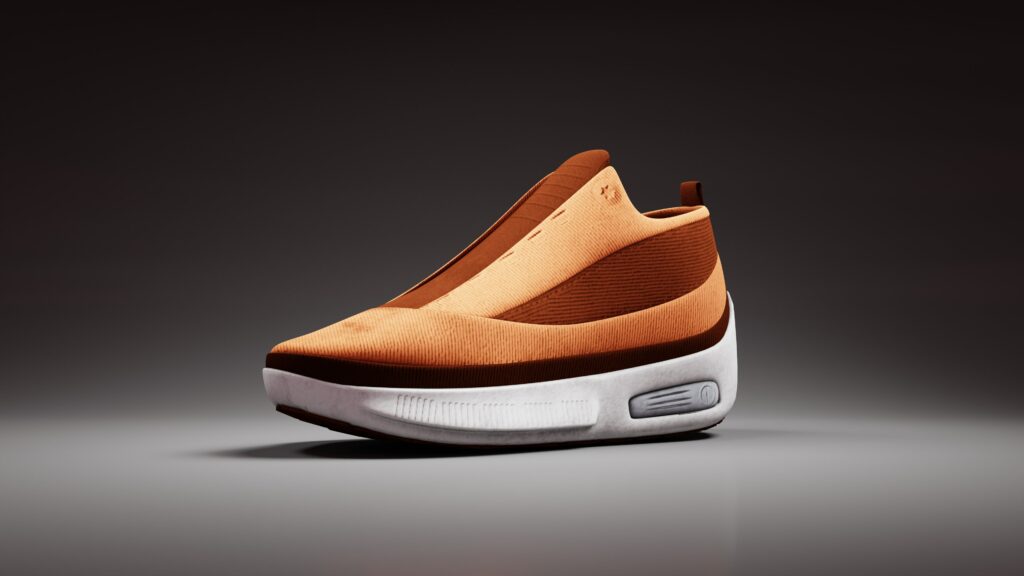
Commercial and inexpensive available 3D printers are expected to be the next disruptive invention in technology. Having such a wide array of uses, 3D printers are expected to play a pivotal role in manufacturing various products in different industries. Its increased use in mass customization, production of any open-source designs in the fields of healthcare, fabric and fashion, automotive, and construction industries have revolutionized the concept of part manufacturing. The 3D printing technology can produce different functional parts in a wide range of materials which includes plastics, polymers, metals, ceramics, and composites. The increased development in material science and technology has laid a foundation for the advent of 3D printers. 3D printing technology is considered to offer many benefits to the people, companies, and government.
The Future of 3D Printing in HealthCare
3D printed devices are utilized as an aid in the treatment of patients in the current pandemic. Due to the increasingly complex challenges, scientists anticipated novel solutions with the help of the global 3D printing community. Numerous medical equipment designs were proposed and successfully tested to help the community in the crisis. Among them were the 3D printed masks, face shields, ventilator valves, PPE, and much more. Polyvinyl chloride (PVC) and other synthetic polymers were commonly used in the fabrication of these products. Creating 3D printed test swabs was another invention that helped the health sector in increasing its COVID-19 testing capacity. These swabs can be easily fabricated from a flexible polymer via computer-aided design software. The 3D printed valves also played an important role in saving the lives of the infected as they delivered a fixed concentration of oxygen to the COVID-19 patients.
How Mech Solutions aided in COVID-19 relief – read here: 3D Printing Technology Aiding COVID-19 Relief!

The biomaterials needed for the manufacturing of such medical necessities are of the same composition as the standard-grade products. As COVID-19 rapidly evolved, the PPE shortage was another global issue. So, 3D printed inventions were instantly applied to these issues. 3D printing lowered the costs in the manufacturing of PPE, increased the processing time, and allowed for valuable manpower to be re-allocated.

3D printing technology offers various other advantages to the healthcare and medical industry. Some of them are:
- The replication of the natural structure of the skin means it is unnecessary to use animal skin for testing various pharmaceuticals, cosmetics, and chemical products.
- Helps in the printing of cartilage and bone which assists in replacing bony voids which have occurred due to trauma or disease.
- It can also be used to replace, restore, or improve the function of tissues. The replaced tissues are biocompatible due to their fine chemical and mechanical properties.
- 3D printout models can also assist the neurosurgeons as the 3D model can be used for training surgeons hands-on.
- Dentists can also use 3D printers to produce orthodontic models, highly accurate crown and bridge models, aligners, retainers, dentures, and much more.
The Growth and Benefits of 3D printing in Construction
3D printing also acts as an environmentally friendly derivative in the architecture, building, and construction industries. With such technology, companies can design and create 3D models efficiently and inexpensively. It has also provided ease for construction engineers to communicate with their clients clearly. Paper and pencil cannot pitch the clients’ ideas effectively, therefore 3D printing provides an effective method of visualizing their ideas.
Using 3D printing in the Fabric and Fashion Industry
3D printing provides many possibilities for the fabric and fashion industry. Most fashion products require the making of molds. The manufacturing of molds for such products can be exhibited if 3D printing technology is used. By using mesh systems in 3D printing technology, the garments can be produced and designed efficiently. 3D printed shoes, jewelry, and clothing are starting to become an everyday reality all over the world. Top-notch companies like Adidas, Nike, and New Balance are currently working on the development of mass production for 3D printed shoes. The designers and retailers of this industry aim to improve the product design instead of replicating them. They offer personalized and unique products to the customers; in addition, they also offer custom fits and styling. Lastly, the supply chain of the fashion and fabric industry has also improved as 3D printing technology helps in creating and delivering products in small quantities efficiently.
3D Printing- a key to the Automotive Industry’s Future
3D printing technology has brought new horizons by allowing manufacturers to introduce lightweight and complex structures in the automobile industry. In 2014, the 3D printed electric car by Local Motor was considered a great achievement in the automobile industry. Following the same idea, Local Motor also manufactured a driverless, recyclable, and extremely smart 3D printed bus-OLLI. Nowadays, Ford is considered the automotive leader in 3D printing technologies as they apply 3D printing in the manufacturing of engine parts and prototypes. Some other companies such as BMW and AUDI also use 3D printing technology for producing hand tools, spare parts, and prototypes.
3D printing- An essential derivative in the Food Processing Industry
Using an instant prototyping concept, 3D printing can be used to create food pack prototypes in the food processing industry. Having the ability to change the color, structures, and patterns, the customers’ reactions to food packs can be predicted even before commercializing the product. With novel designs, 3D printing technology can help in making market testing easier. While achieving sustainability goals, researchers have developed biodegradable cups that are filled with energy drink components. The consumers just need to add water to this container to make the energy drink. The same concept can be extended to make many other containers designs.
The possibilities of 3D printing in the Electronics Industry
3D printing technology is also used widely in the manufacturing of electronic devices and supporting parts like active electronic materials, embedded conductors, and electrodes. Fused Deposition Modelling of 3D printing technology provides an efficient and low-cost solution to the mass production of electrode materials. 3D printing technologies provide a high degree of precision in the manufacturing of 3D-printed electrodes. Active electronic elements like rectifiers, transistors, diodes, LEDs, batteries, and much more can be manufactured through 3D printing technologies. As these components require highly precise fabrication, therefore, 3D printing is considered an essential tool for it. Having the capability of multi-material printing technology, 3D printing may possibly be adopted in the Industrial Revolution 4.0.
Applications of 3D Printing in Ecology
3D printing provides cost and time-saving solutions to ecologists. Biodegradable and recyclable print materials can be used to reduce social and environmental impacts associated with manufacturing. As an example, Eco-Filaments, such as Willow Flex is made of plant-based resources which are completely compostable. Some other filaments are made from recycled plastics such as PET bottles and potato chip bags, which help in contributing to promoting sustainable development. Furthermore, there are various other filaments made from waste products of beer, coffee, and wood pulp. Thus, 3D printers can provide an instant way to manufacture innovative and readily used objects that can be used for ecological studies, but ecologists are delayed in adapting to the new technology.
The use of 3D printing in everyday life can no longer be ignored. As more ideas are brought to the drawing board, more inventions and applications of 3D printing are expected.




